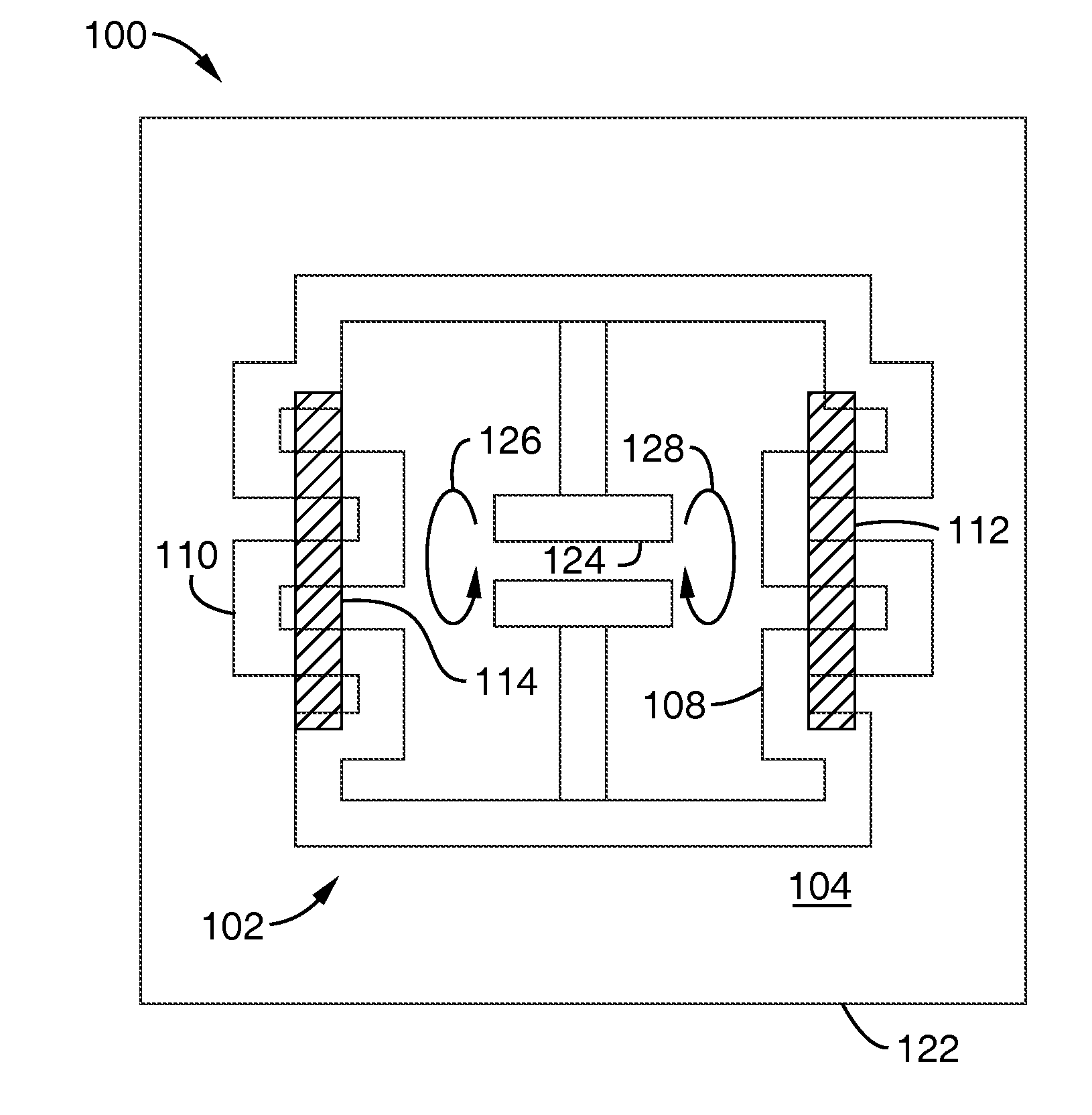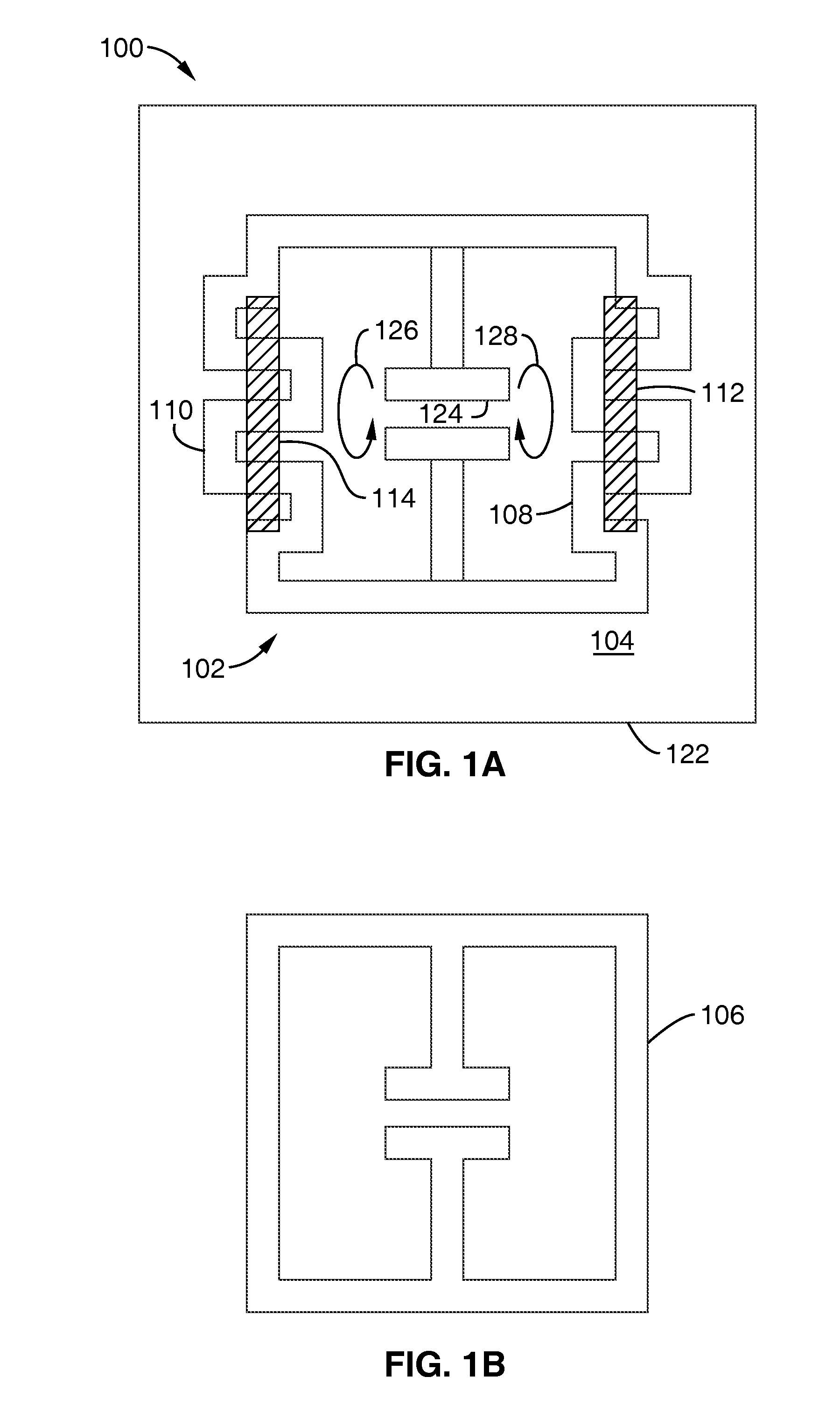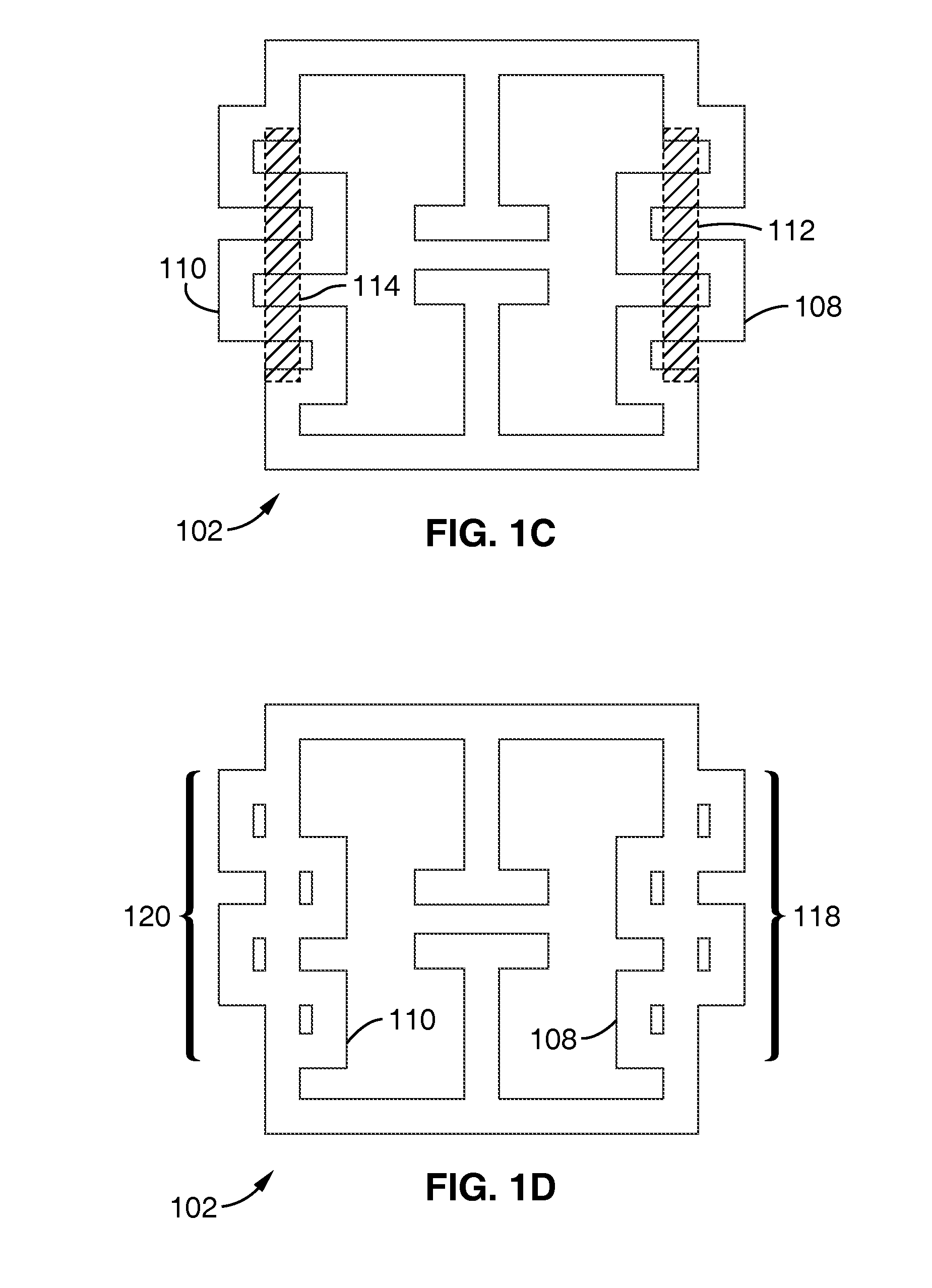Dynamic frequency tuning of electric and magnetic metamaterial response
- Summary
- Abstract
- Description
- Claims
- Application Information
AI Technical Summary
Benefits of technology
Problems solved by technology
Method used
Image
Examples
Embodiment Construction
[0062]Referring more specifically to the drawings, for illustrative purposes the present invention is embodied in the apparatus generally shown in FIG. 1A through FIG. 8C. It will be appreciated that the apparatus may vary as to configuration and as to details of the parts, and that the method may vary as to the specific steps and sequence, without departing from the basic concepts as disclosed herein.
DEFINITIONS
[0063]The following definitions are provided to facilitate an understanding of the terminology used herein. It is intended that those terms not present in these Definitions be given their plain meaning as understood by those persons having ordinary skill in the art.
[0064]Frequency selective surface (FSS) means a surface designed to reflect or transmit electromagnetic waves with designed frequency discrimination. Such FSS find wide use in various applications such screening a radar transmitter / receiver from hostile emissions, and can also be used to provide a reflective surfa...
PUM
 Login to View More
Login to View More Abstract
Description
Claims
Application Information
 Login to View More
Login to View More - R&D
- Intellectual Property
- Life Sciences
- Materials
- Tech Scout
- Unparalleled Data Quality
- Higher Quality Content
- 60% Fewer Hallucinations
Browse by: Latest US Patents, China's latest patents, Technical Efficacy Thesaurus, Application Domain, Technology Topic, Popular Technical Reports.
© 2025 PatSnap. All rights reserved.Legal|Privacy policy|Modern Slavery Act Transparency Statement|Sitemap|About US| Contact US: help@patsnap.com



